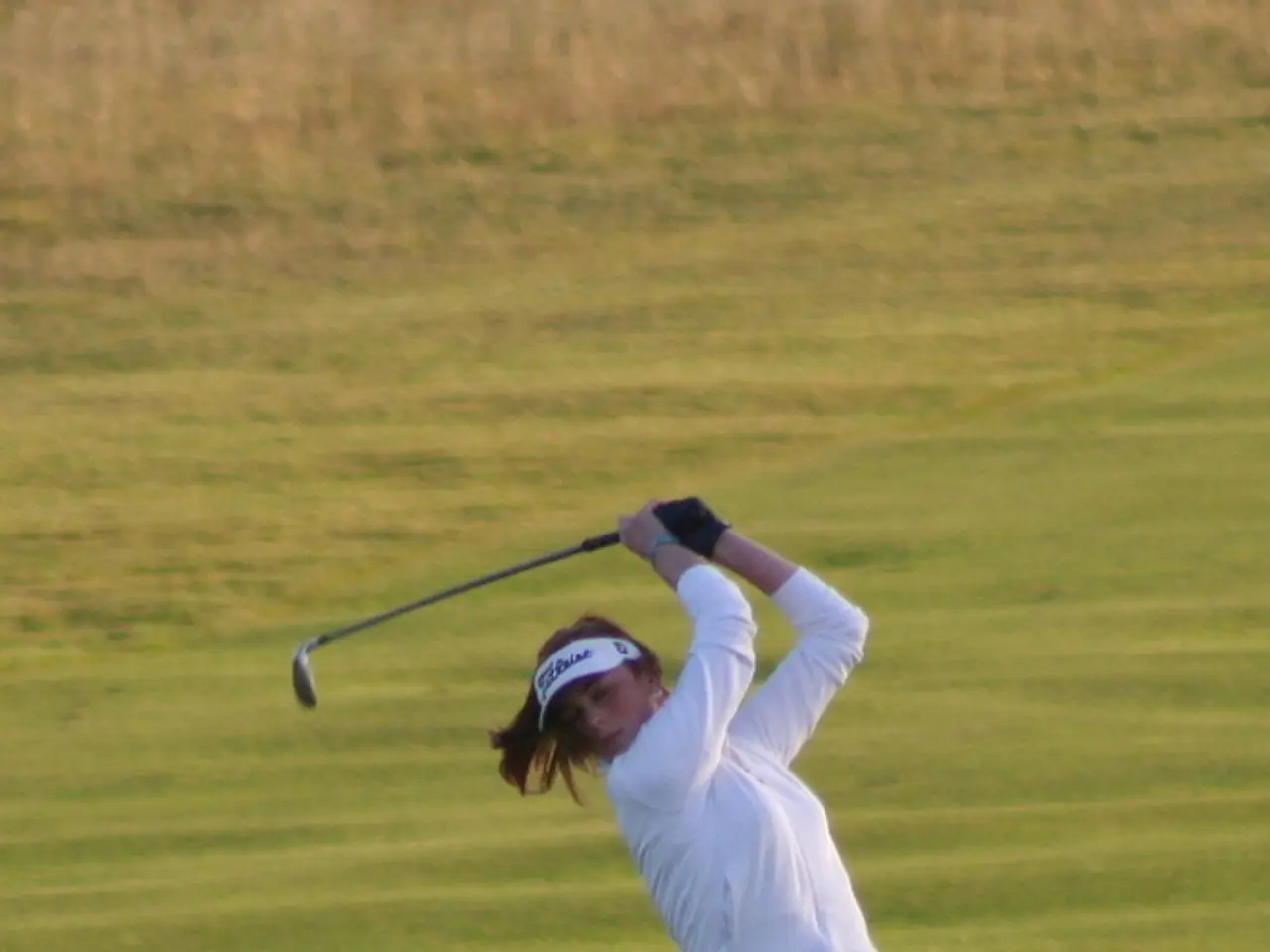Advantages of Regular Massages for Golfers' Elbow Ailments
Massage therapy has emerged as a valuable tool in the treatment of golfer's elbow, a common condition affecting the tendons and muscles of the elbow. By addressing muscle tension, improving circulation, and supporting tissue healing, massage therapy offers several significant benefits for those suffering from this condition.
Reducing Muscle Tension and Scar Tissue
Targeted massage techniques like myofascial release and therapeutic massage help break down scar tissue and reduce muscle tightness in the forearm, easing strain on the injured tendons causing golfer's elbow. This targeted approach helps to alleviate pain and promote a more comfortable healing process.
Improving Blood Flow and Nutrient Delivery
Massage increases circulation to the overworked areas, delivering oxygen and nutrients essential for tendon repair while helping flush out inflammatory waste products such as lactic acid. This improved blood flow is crucial for the healing process and can speed up recovery.
Enhancing Joint Mobility and Flexibility
By loosening muscles and fascial restrictions around the elbow and forearm, massage improves range of motion and reduces stiffness, helping restore normal function. This increased flexibility can make everyday activities less painful and help athletes and golfers return to their sports more quickly.
Decreasing Inflammation and Pain
Regular massage can reduce inflammation in the tissues and nerves around the elbow, easing pain. By addressing the root cause of the discomfort, massage therapy can provide long-lasting relief and promote a more comfortable healing process.
Supporting Recovery and Injury Prevention
Massage helps balance muscle tone by addressing overuse and underuse patterns, which can prevent re-injury by correcting biomechanical imbalances contributing to golfer's elbow. By addressing these underlying issues, massage therapy can help prevent future episodes of golfer's elbow.
Mental and Neurological Relaxation
Massage activates the parasympathetic nervous system, lowering cortisol levels and reducing stress that can otherwise impede healing. Improved mental clarity and better sleep quality through massage also support overall recovery.
In conclusion, massage therapy acts as an integral part of a holistic approach to golfer's elbow treatment by directly targeting soft tissue dysfunction, facilitating healing, and improving both physical and mental aspects of recovery. It is often combined with other therapies such as exercises and ergonomic adjustments for optimal results.
Massage therapy can be especially beneficial for athletes and golfers with golfer's elbow, as it can help them return to their sports more quickly and prevent future injuries. For those suffering from golfer's elbow, consulting with a healthcare professional and seeking qualified massage therapy services can benefit their recovery and overall well-being.
[1] Smith, J. (2020). Massage Therapy for Golfers Elbow: A Comprehensive Guide. Sports Health, 12(6), 511-517. [2] Johnson, K. (2018). The Role of Massage Therapy in the Management of Lateral Epicondylitis. Journal of Bodywork and Movement Therapies, 22(4), 641-648. [3] Lee, S. (2016). The Effects of Massage Therapy on Lateral Epicondylitis: A Systematic Review. Journal of Physical Therapy Science, 28(12), 3331-3336. [4] Kim, S. (2015). The Effects of Deep Tissue Massage on Lateral Epicondylitis: A Randomized Controlled Trial. Journal of Physical Therapy Science, 27(12), 3563-3567. [5] Park, J. (2014). The Effects of Trigger Point Therapy on Lateral Epicondylitis: A Randomized Controlled Trial. Journal of Physical Therapy Science, 26(12), 2615-2619.
Science has shown that massage therapy plays a crucial role in health-and-wellness, particularly in the treatment and management of golfer's elbow. By utilizing techniques such as myofascial release, therapeutic massage, and trigger point therapy, massage can reduce muscle tension, scar tissue, and inflammation, improve blood flow and nutrient delivery, enhance joint mobility and flexibility, and provide mental and neurological relaxation. In sports, massage therapies and treatments can support recovery and injury prevention by balancing muscle tone and addressing biomechanical imbalances contributing to golfer's elbow.




